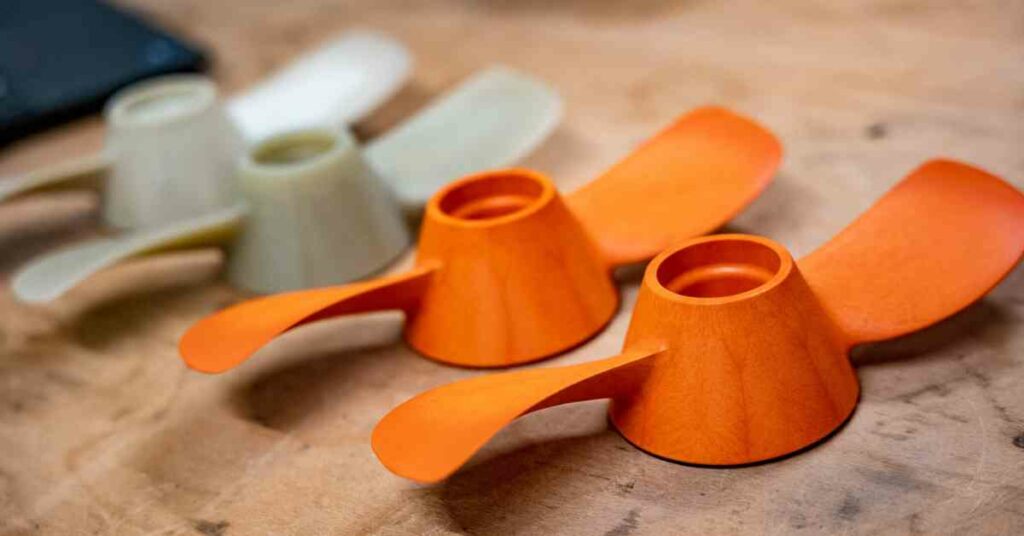Smooth Sailing For Stena Line’s Innovative Battery Hybrid Vessel
The Stena Jutlandica has now completed its first month of operation as a battery hybrid vessel. Experiences from these first weeks have exceeded expectations.
“It’s really exciting to be running with electrical power on the Stena Jutlandica. This project is an important part of our focused efforts to find ways of reducing our impact on the environment. As both the size and cost of batteries decrease, battery operation is becoming a very attractive alternative to traditional fuel for shipping since emissions should be possible to completely eliminate in the future,” says Erik Lewenhaupt, Head of Sustainability at Stena Line.
The project to convert Stena Jutlandica on the Gothenburg-Frederikshavn route to a battery hybrid vessel is being carried out in steps.

Step one, which is presently underway, is about switching to electrical operation to reduce the use of diesel generators, as well as for maneuvering and powering the bow thrusters when the ship is in port.
In the second step, battery power will be connected to two of the four primary machines, which means that the Stena Jutlandica will be able to run on electrical power for about 10 nautical miles inside the Gothenburg archipelago out to Vinga Lighthouse.
In step three, all four primary machines will be connected to the batteries and the ship will be able to cover the 50 nautical miles between Sweden and Denmark solely on electrical power.
Positive effects have already been noted after just one month.
“As an example, we’ve been able to strongly reduce our use of the diesel generators and now only need to use one instead of three. Another positive effect concerns safety; by having constant access to electricity, we minimize the risk for power outages”, says Johan Stranne, Senior Chief Engineer on the Stena Jutlandica.
Only in step one, the environmental savings from using battery power for reduced generator usage and maneuvering in port amounts to about 500 tons of fuel, 1,500 tons of CO2. This in turn corresponds to the annual emissions from approximately 600 cars.
The reason for execution in multiple steps is to enable testing and assessment while the project is underway. If the project is successful, battery power can be considered for other vessels within the Stena Line fleet. Work with step two has begun and the goal is for implementation within about three years.
The technical solutions in the first step have been developed by Stena Teknik in collaboration with the Callenberg Technology Group, with half of the funding for the project coming from the Swedish Transport Administration and the EU.
Press Release
Disclaimer :
The information contained in this website is for general information purposes only. While we endeavour to keep the information up to date and correct, we make no representations or warranties of any kind, express or implied, about the completeness, accuracy, reliability, suitability or availability with respect to the website or the information, products, services, or related graphics contained on the website for any purpose. Any reliance you place on such information is therefore strictly at your own risk.
In no event will we be liable for any loss or damage including without limitation, indirect or consequential loss or damage, or any loss or damage whatsoever arising from loss of data or profits arising out of, or in connection with, the use of this website.
Disclaimer :
The information contained in this website is for general information purposes only. While we endeavour to keep the information up to date and correct, we make no representations or warranties of any kind, express or implied, about the completeness, accuracy, reliability, suitability or availability with respect to the website or the information, products, services, or related graphics contained on the website for any purpose. Any reliance you place on such information is therefore strictly at your own risk.
Do you have info to share with us ? Suggest a correction
About Author
Marine Insight News Network is a premier source for up-to-date, comprehensive, and insightful coverage of the maritime industry. Dedicated to offering the latest news, trends, and analyses in shipping, marine technology, regulations, and global maritime affairs, Marine Insight News Network prides itself on delivering accurate, engaging, and relevant information.

About Author
Marine Insight News Network is a premier source for up-to-date, comprehensive, and insightful coverage of the maritime industry. Dedicated to offering the latest news, trends, and analyses in shipping, marine technology, regulations, and global maritime affairs, Marine Insight News Network prides itself on delivering accurate, engaging, and relevant information.
Latest Shipping News Articles You Would Like:
Subscribe To Our Newsletters
By subscribing, you agree to our Privacy Policy and may receive occasional deal communications; you can unsubscribe anytime.









